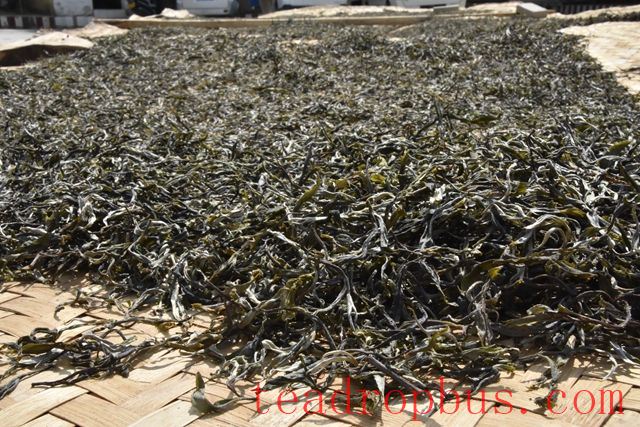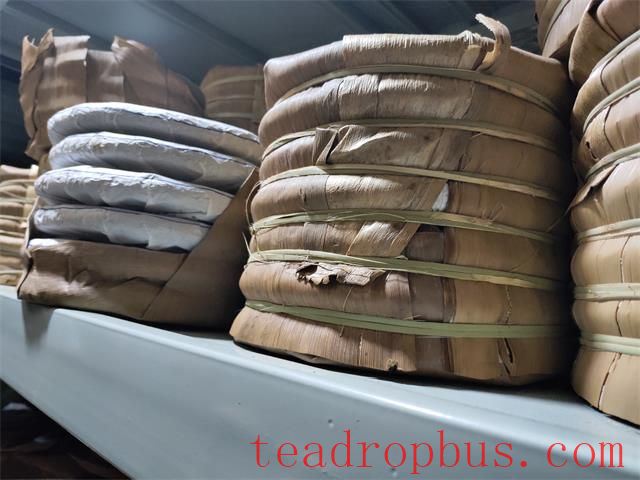The primary significance of blending Tea leaves is to ensure the quality stability of large batches of raw tea. Different characteristics among similar types of tea can complement each other, achieving optimal quality and enhancing the economic value of the raw tea. Moreover, blended tea ensures that every batch produced has a consistent taste and appearance, with relatively stable quality characteristics.

Advantages of Blended Tea:
1. Large factories comprehensively procure raw materials, purchasing spring, summer, and autumn teas together, which helps save costs.
2. The taste is rich and layered, solid and substantial.
3. Combining the strengths of different teas results in a more fragrant and lasting aroma. For example, one ingredient might have good fragrance but poor durability, while another might be durable but less aromatic. When combined, they complement each other, producing a tea that is both fragrant and durable. Blending conceals weaknesses and maximizes strengths, allowing the advantages of different teas to complement each other.

4. The stability is higher; after complementary blending, it's difficult to find significant flaws. A pure tea might be very weak in terms of fragrance, which is a significant weakness, but blended tea avoids this issue. Blended tea tends to be well-balanced, with only one particular aspect being particularly prominent rather than significantly lacking in any area.
The disadvantages of blended tea are relatively minor. In terms of appearance, if new and old materials or materials from different tea regions and grades are blended, the uneven appearance may affect its aesthetic appeal.

Why Is Pu'er Tea Blended?
Pu'er tea is robust and full-bodied, unlike the slender and delicate appearance of black or green teas. In addition to using conventional blending techniques to achieve the desired result, attention should also be paid to leveraging the strengths of Yunnan's large-Leaf variety of sun-dried rough tea to highlight the robust and full-bodied style of Pu'er loose tea, both in terms of appearance and flavor. The key principles of Pu'er loose tea blending can be summarized in twelve words: “Leverage strengths, mitigate weaknesses, highlight advantages, hide disadvantages, balance high and low qualities.”
“Leverage strengths, mitigate weaknesses” primarily refers to showcasing the robust and full-bodied product style of Yunnan's large-leaf variety, maximizing the economic value of the raw material. “Highlight advantages, hide disadvantages” primarily refers to adjusting the “advantages” and “disadvantages” of semi-finished products. “Balance high and low qualities” means balancing the high-quality and lower-quality materials based on standards or trade samples, adjusting the high-quality materials downwards and the lower-quality materials upwards to achieve balance.